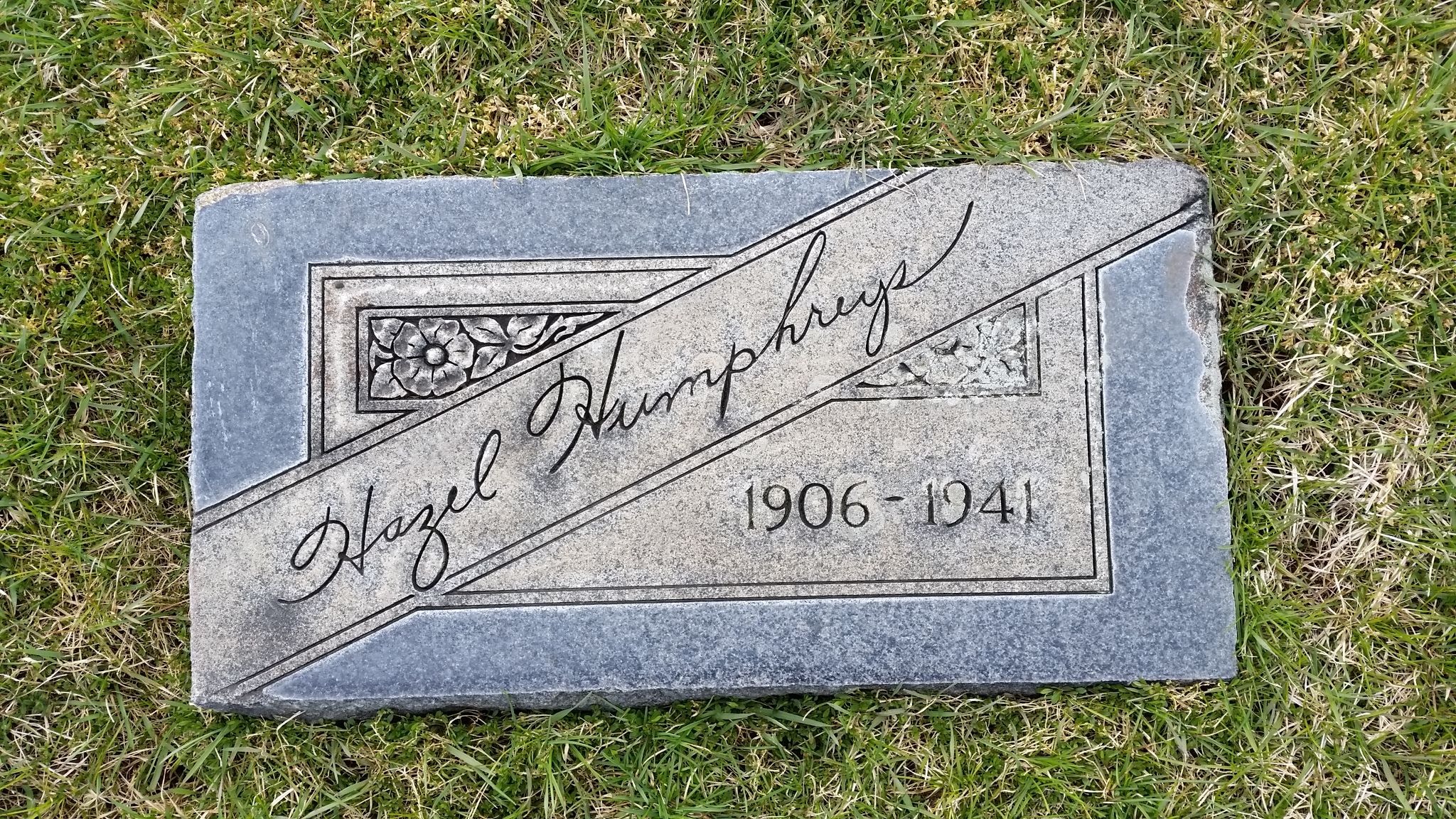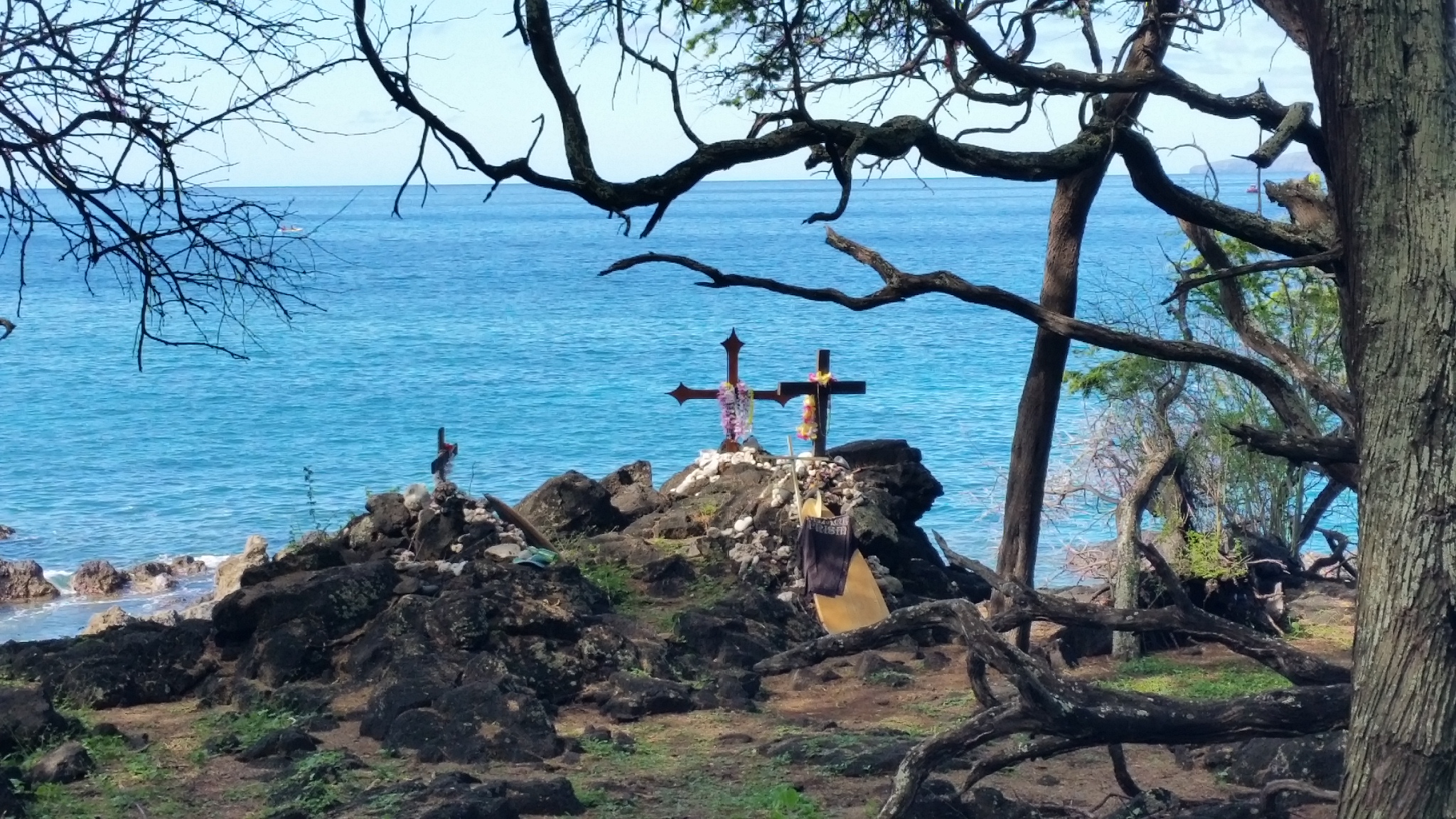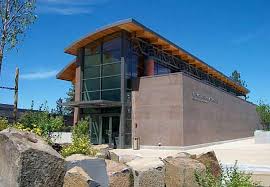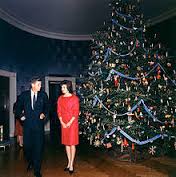
Yes, I do know that today is Thursday but tomorrow I’m off to tour the state: Spokane to Vancouver to Moclips to Port Angeles to Everett to Burlington to Spokane! Tiz gonna be grand and I’ll share bits with you. So today is, by default, Serendipity Day!
*** Geneopardy? Pedigree Pie?
*** QuirKy Genealogy: Are you signed up?
*** Bethel Cemetery, Steptoe WA
*** Memorial to Lime: Roche Harbor
Ready for some genealogy fun? Really, REALLY fun? Google either of the terms above. Once you’re to the website/program, sign in with your FamilySearch account, and viola! You are ready to play Geneopardy! The categories are Dates, Places, People, Facts, Other. I picked PLACES for 100 and the question was easy: Which ancestor was born in St.Louis, MO? Four names were given as choices and I knew it was my mom. PEOPLE for 100 was harder: “Which of your ancestors was born during the Third Plague Pandemic?” Again, a choice of four names was given but I had no idea. Pedigree Pie has no questions, just pure fun. Go take a looksee..
**************************************
Evelyn Roehl, who lives in Seattle, offers a free monthly newsletter simply called Tip Sheet from her website, QuirKy Genealogy. The February 2017 issue offered some really good census-name-finding tips. I do recommend this FREE newsletter to you all. Send her an email and request being put on her mailing list: kinhunters@gmail.com
*************************************
On the lovely drive north last week from Lewiston, I finally stopped at the little cemetery up on the hill in Steptoe, Whitman County. What a delight! See Steptoe Butte in the background? And have you ever seen a signature on a stone? Or a handmade one like this? (Is that a dachshund??)



****************************************
“Lime, made by heating limestone to extremely high temperatures, is an age-old chemical that has been used as an ingredient in everything from cement and steel to paper and plaster. In 1886, shortly after a huge ledge of some of the world’s purest limestone was discovered at Roche Harbor (in the San Juan Islands), John S. McMillan established the Tacoma & Roche Harbor Lime & Cement Company. Crushed limestone from a quarter-mile-long quarry was fed into a battery of brick-lined kilns, which created the necessary heat to turn the rock into 200-pound barrels of lime. By 1890, up to 1500 barrels of lime were being produced each day, making this the largest lime works west of the Mississippi and making McMillan a very rich man.” (Page 166, Washington Curiosities, by Harriet Baskas, 2008)






